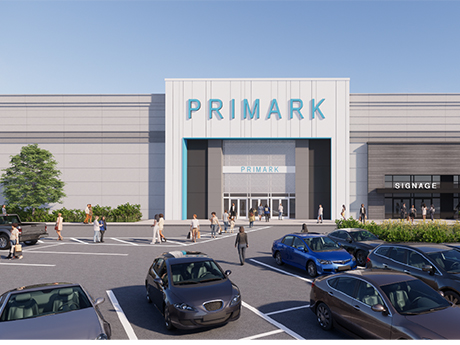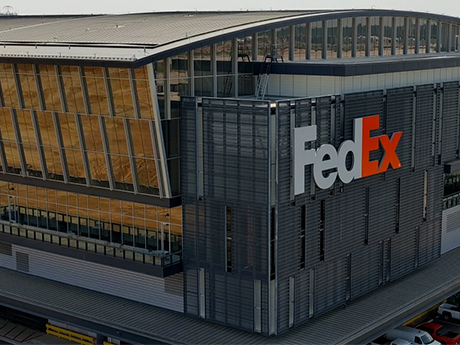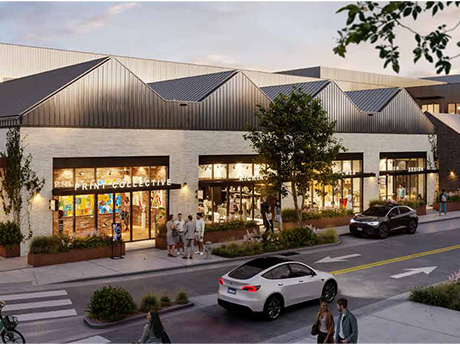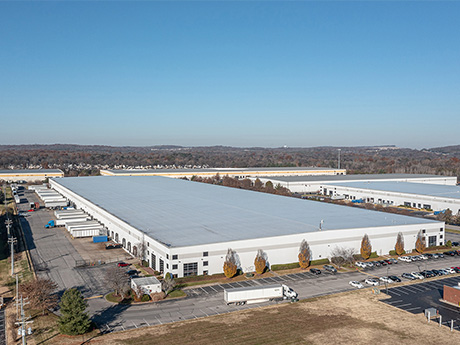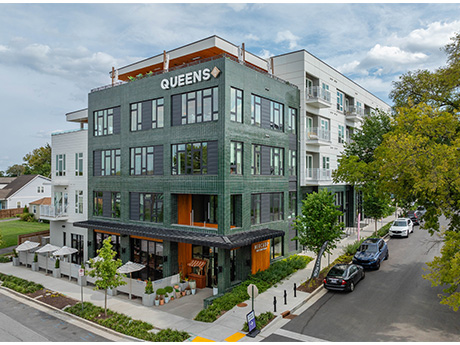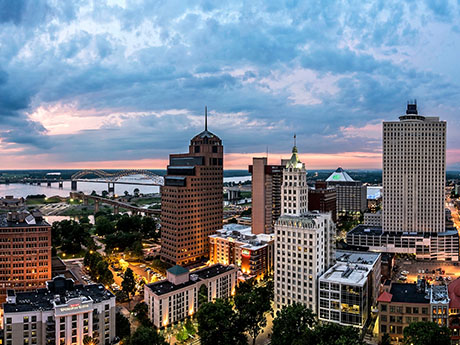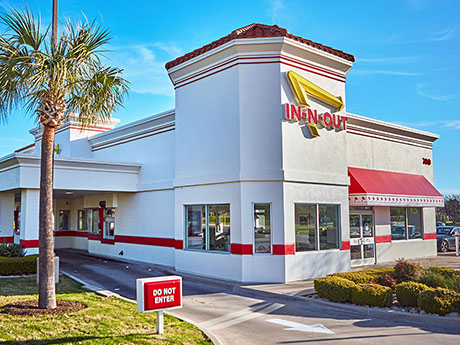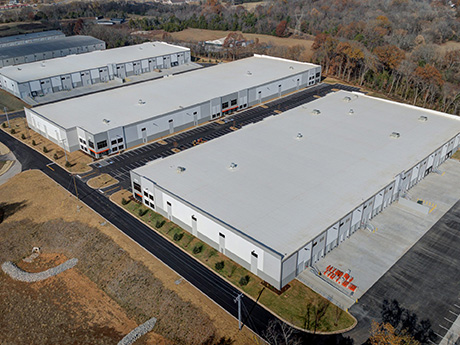In a world where volatility has become the norm in commercial real estate, Memphis stands out as a market defined by consistency. While other cities have experienced dramatic swings in vacancy, absorption and construction activity, the Memphis office market continues to follow a more measured pace. “Slow and steady wins the race” is more than a phrase — it’s a fitting summary of how Memphis has maintained balance amid national disruption. Stability in supply Over the past couple of decades, the total supply of office product in Memphis has grown at a moderate pace, sitting at nearly 28 million square feet today. This disciplined approach has kept vacancy within manageable levels and prevented the oversupply issues seen elsewhere. With no new speculative construction of size since 2009, the market has had time to absorb shifts in tenant behavior without being flooded with excess space. Demand aligns with supply Because supply has remained relatively static, demand has shifted in composition rather than volume. Like many cities, Memphis has seen a “flight to quality,” with tenants prioritizing modern, amenitized spaces over outdated properties — even if that means reducing their footprint. A company that once leased 30,000 square feet in a Class …
Market Reports
When people think of Memphis, they often picture its musical legacy, its storied riverfront and its role as a logistics powerhouse. But fewer realize that Memphis is also quietly becoming one of the Southeast’s most dynamic retail markets. Despite headwinds that have impacted large-format retailers nationally, Memphis continues to attract new-to-market brands, redevelop aging assets and create spaces that resonate with today’s consumers. Economic foundations Memphis is riding a wave of transformational investment across multiple sectors. Ford Motor Co.’s $5.6 billion Blue Oval City, where the company’s all-electric truck and battery plant will be built, is already reshaping the regional economy. Google’s announcement of a 1,178-acre, $10 billion data center and office campus in nearby West Memphis in Arkansas adds another layer of momentum, as does the creation of the world’s largest supercomputer by xAI. Coupled with St. Jude’s $10 billion expansion, these projects underscore the region’s growth trajectory and long-term employment base. In retail, the past year brought a temporary pause in net absorption, with approximately 317,000 square feet coming back to the market — primarily due to national big-box closures like Macy’s, Joann Fabrics and Big Lots. Yet these macro shifts don’t tell the whole story. By the …
The Memphis industrial market stands at a pivotal juncture in mid-2025, navigating temporary headwinds while maintaining the fundamental strengths that have established it as one of the Southeast’s premier logistics hubs. Despite recent challenges from global trade uncertainties and tariff negotiations impacting project timelines, the market’s long-term outlook remains positive with a foundation built on unparalleled logistics infrastructure and strategic advantages. Global logistics advantage Memphis stands as the ultimate global logistics hub, with unrivaled multimodal infrastructure creating competitive advantages few markets can match. The “FedEx effect” remains one of Memphis’ most significant economic drivers. This powerful multiplier — named for the company’s massive impact on the regional economy — has transformed Memphis into a critical node in global supply chains. With its World Hub at Memphis International Airport, FedEx connects businesses to hundreds of countries across multiple continents, processing millions of shipments while employing thousands across the region. Recent initiatives, including Network 2.0, One FedEx and the new Automated Sorting Facility at the World Hub, represent strategic investments in efficiency and integration that are likely to boost the Memphis industrial real estate market. Additionally, Memphis International Airport ranks among the busiest cargo airports in the Western Hemisphere and the second …
Nashville’s office market is navigating a transformative period as the city evolves into a national powerhouse for commerce, culture and corporate investment. Fueled by continued population growth, economic diversification and a wave of new developments, Nashville remains an attractive and resilient market despite headwinds in the broader commercial real estate landscape. Economic trends Nashville’s economic landscape continues to shift in ways that support long-term office market vitality. Population growth: One of the fastest-growing cities in the United States, Nashville continues to benefit from a steady influx of new residents. The expanding talent pool is a major driver of office demand as companies look to establish or expand their footprint in a market rich in skilled labor and cultural vibrancy. Diversifying economy: While music and healthcare have long been economic cornerstones, the city is now seeing strong momentum in sectors like technology, finance, professional services and logistics. These industries bring high-paying jobs and are increasingly seeking high-quality office space that reflects their evolving workplace needs. Return-to-office strategies: Like many U.S. markets, Nashville has witnessed the rise of hybrid work models. However, rather than diminishing the importance of the office, this shift is redefining its role. Employers are focused on right-sizing their …
Nashville’s industrial real estate market closed 2024 with a clear message: this metro is a logistics juggernaut, blending robust demand, strategic location and a dynamic investment landscape. With a vacancy rate ticking up to 4.1 percent in the fourth quarter amid new supply, yet absorption exceeding 4.2 million square feet year-to-date, the market’s resilience stands out. Rents climbed to $9.94 per square foot, and industrial sales topped $1.4 billion — a 37 percent surge year-over-year. The takeaway is unmistakable for stakeholders: Nashville’s industrial sector thrives on its ability to absorb growth while signaling new opportunities for 2025. Economic engines Macro and local economic trends underpin this strength. Nationally, e-commerce sales hit $308.9 billion in fourth-quarter 2024, a 9.4 percent increase year-over-year, according to Commercial Edge. This uptick amplifies demand for warehouse and distribution space. Locally, Nashville’s job growth moderated to 0.9 percent in 2024, according to Oxford Economics, down from 3.2 percent in 2023. But industrial sectors shone in the report: manufacturing jobs grew 2.2 percent and trade, transportation and utilities grew by nearly 0.5 percent. The Nashville Area Chamber of Commerce reported that 79 percent of 2024 business relocations and expansions involved industrial users, promising 3,309 new jobs. With …
Nashville’s multifamily sector has faced headwinds stemming from a wave of new deliveries over the past few years, similar to other high-growth areas across the country. Across this market, stabilized occupancy is currently 350 basis points below historical norms. Average market rents have declined nearly 3 percent from their 2022 peak, and concessions are widespread across several submarkets. However, despite these challenges, optimism is building around the Nashville’s outlook over the coming years. Investors are actively seeking well-positioned assets, anticipating what many believe will be the next strong cycle for multifamily assets in this market. Over the past three years, Nashville’s multifamily market has absorbed approximately 28,000 units, compared to roughly 30,000 new deliveries — creating a near-term supply-demand imbalance that contributed to recent softness. Nevertheless, the outlook is shifting. Only 17,000 units are expected to deliver between 2025 and 2027, while demand is expected to exceed this new supply materially, creating strong tailwinds for rent growth. In 2024 alone there were over 11,000 units of net absorption. New starts are few and far between, mostly concentrated in suburban submarkets where developers can build cost-effective, attainable housing. Elevated construction costs and higher interest rates continue to constrain development, pointing to …
The Nashville retail market has firmly established itself as one of the strongest and most dynamic in the United States. From luxury national chains to local entrepreneurial storefronts, retailers are increasingly drawn to the city’s diverse and resilient economy — and for good reason. Over the past decade, Nashville has been one of the fastest-growing cities in the country, with consistent year-over-year population and employment gains. This trajectory has been fueled by a favorable business climate, highlighted by the absence of a state income tax, as well as local policies that encourage corporate investment and relocation. The results are tangible: global and domestic companies alike have planted deep roots in Middle Tennessee. Major players such as AllianceBernstein, Amazon, Nissan, Bridgestone, Asurion and Deloitte have relocated or expanded here, joining long-standing Nashville-based giants like HCA Healthcare and Tractor Supply Co., both of which continue to grow their local footprint. This economic expansion has powered steady demand in the retail real estate sector. In just the past year, a wave of retailers — including Whataburger, In-N-Out Burger and 7-Eleven — have entered the Nashville market, underscoring its appeal to both national and regional brands. These additions further diversify a landscape already shaped …
The Memphis office market continues to defy national post-pandemic office trends, fueled by persistent occupier demand and limited amounts of vacancy within primary submarkets. Although, the market closed out the 2023 year with 34,430 square feet of occupancy losses caused by two large tenant vacancies, the first quarter of 2024 reversed the trend as net absorption swung positive, recording 140,788 square feet of occupancy gains. The Memphis unemployment rate remained low at 3.5 percent in May, just above the Tennessee unemployment rate of 3.0 percent and below the national average of 4.0 percent, according to data from the U.S. Bureau of Labor Statistics. Ford Motor Company’s Blue Oval City began its hiring in 2023, with most of its hiring to occur in the second half of this year, which could begin to further compress the unemployment rate, as approximately 5,600 direct jobs are estimated to be created in West Tennessee. The company leased 42,910 square feet of office space on the edge of the Memphis office market. The auto giant plans to use the new space as a training facility. Additionally, the Elon Musk-led xAI company announced Memphis as being the new home for its “Gigafactory of Compute,” claiming to …
Nashville Attracts Big Brands Like In-N-Out While Carving Out Distinct Pocket Neighborhoods
by John Nelson
By Katie Lester of Colliers Nashville’s economy experienced some of the healthiest growth in the nation in 2023, with a job growth rate of 3.7 percent, putting it among the top five of the largest 50 metros. Forecasted by Oxford Economics, overall jobs are projected to grow 1.2 percent in 2024 and by 0.8 percent per year in 2025 through 2028, outpacing the U.S. average of 0.5 percent. Nashville also received high marks from the Urban Land Institute, ranking the “No. 1 Market to Watch” in its 2024 Emerging Trends in Real Estate report. This is the third consecutive year that Nashville has earned the top spot in this ranking, a true nod to the confidence and strength of Nashville’s commercial real estate market. The report credits Nashville and other “Supernova” cities as having above-average levels of economic diversity and high-wage jobs that attract investors’ appeal and confidence in sustaining high growth in the coming years. These fundamentals have been a boon to the retail market and have helped attract new-to-market retail brands to Middle Tennessee. Most notably, after a multi-city, multi-state search over the course of two years, In-N-Out Burger picked Middle Tennessee to locate its Eastern Operations Hub, …
By Jack Armstrong and Joanna Paszek of CBRE The Nashville industrial market remained strong through 2023 despite macroeconomic pressures, fueled by persistent occupier demand and limited availabilities. Occupiers were active in the market with mostly sub-100,000-square-foot requirements, making it vital for owners and developers to consider size segment trends and supply the market based on varying occupier needs. The logistical advantage of Nashville’s geographic location continues to attract occupiers and investors to the market. Three major interstates intersect through the city, and companies can reach 72 percent of the U.S. population within two-day ground delivery. A consistent average of 100 new residents daily and waves of new-to-market companies helped promote a swift post-pandemic economic recovery and illustrate the market’s resilience. An increased presence of electric vehicle (EV) companies is paving the way for significant infrastructure upgrades, bringing high-paying jobs and growing supply-chain demand to support their product distribution. Economic incentives like Tennessee’s FastTrack Program grants for job training and infrastructure development, job tax credits and sales tax exemptions have attracted roughly 2,500 jobs and $2.8 billion of capital investment by EV-related operations to Middle Tennessee since 2020. Together, Nashville’s pro-business environment and status as a place people want to live …
Newer Posts


